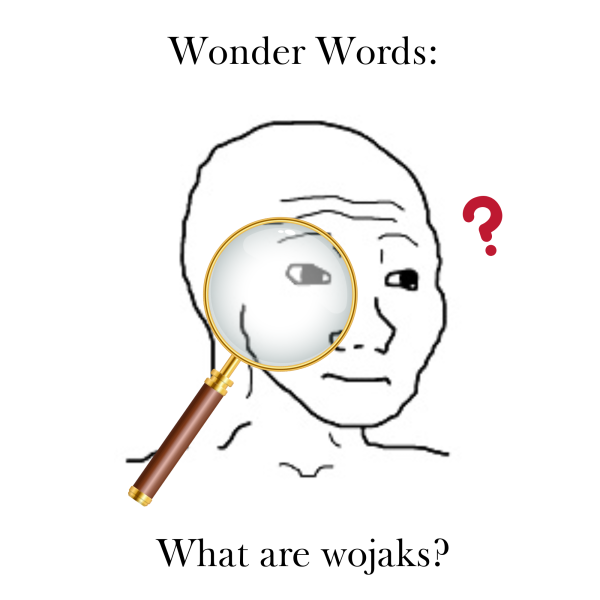“Yuck” Means “Yum:” Disgusting Food Museum
A vomit bag is handed out to all the visitors who eagerly wait outside of the Disgusting Food Museum, located in Malmo, Sweden. November 1, 2018, marked the museum’s opening, with the original idea for the museum founded by Dr. Samuel West, a psychologist. He’s also the founder of the Museum of Failure, located in Los Angeles, California. Overall, the Disgusting Food Museum explores the idea that “When it comes to food, one person’s ‘yuck’ is another person’s ‘yum,’” the museum’s director, Andreas Ahrens, tells New Straits Times. “Disgust is always subjective because it comes with what we grew up with. It’s kind of an indoctrination,” Ahrens adds. In order to make people reconsider their tastes and rethink their disgusts, West developed the idea of creating the museum, he hopes to achieve this goal in the future.
Earlier this year, the Disgusting Food Museum broke the internet for its displays of the eighty most disgusting foods from around the world. To add to the experience of visiting such a unique museum, each visitor is allowed to touch, smell, and taste the food. Some examples of the food on display include roasted guinea pigs from Peru, maggot-infested cheese from Sardinia, an aged shark from Iceland, a stinky fruit from Thailand, pungent bean curd from China, and many more. Though these foods may appear to be disgusting for some people, most of them are cultural and traditional foods that can be considered delicious for others. For example, the stinky fruit from Thailand, which was banned in public for its smell, is eaten in Japan as well as Hong Kong. The founder of the museum, West, explains, “What we find disgusting has to be learned; it’s purely cultural,” according to the Washington Post. For instance, America’s favorites, root beer and Jell-O salad, are displayed in the museum as well. To put things into perspective, “If you give root beer to a Swede, they will spit it out and say it tastes like toothpaste. But I think it’s delicious,” West adds.
Some of the more popular dishes are the Su Callu, a Sardinian cheese served in dried tripe with an aftertaste of ammonia from China, and a cobra’s beating heart from Vietnam, which is served in its own blood. According to NDTV, a Hong Kong student visitor says, “I think it is by far one of the most interesting museums I’ve been to.” On the museum’s official website, it is written that the museum staff ensures that they make each visitor try at least one of the freshly prepared dishes, which can be found on display. Ahrens, the museum director, explains, “The Disgusting Food Museum exists to let people explore the world of food and to see both their own food and (other foods) from the lens of another culture,” New Straits Times adds.
According to CNN Travels, once the exhibit ends on January 27, West and Ahrens plan to take the show to other cities in Europe and all around the world, with a planned pop-up museum in Los Angeles. Through the Disgusting Food Museum, West and Ahrens aim to help people learn the importance of gaining interest, trying new things, and changing their perspective, CNN travels informs.





